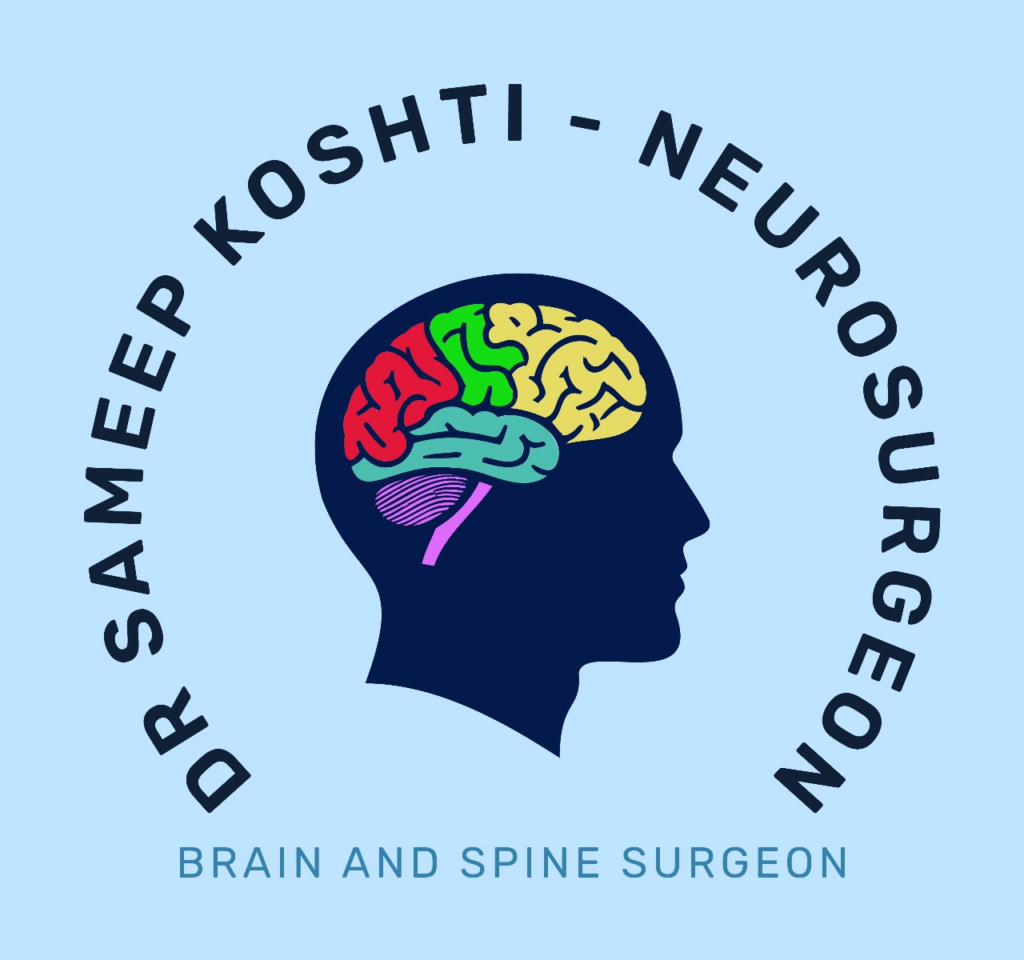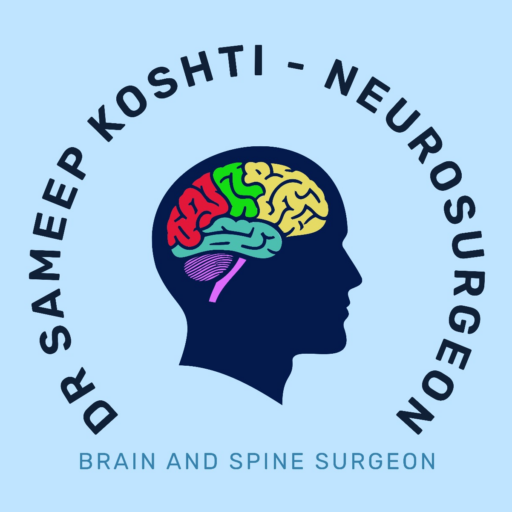Tuberculosis (TB) isn’t just a lung disease. It can affect other parts of your body, including your spine. This is known as spinal tuberculosis or Pott’s disease. With TB cases on the rise worldwide, it’s crucial to be informed about this condition. Recognizing the early symptoms of spinal tuberculosis infection can make a huge difference. Early detection prevents complications and leads to better treatment outcomes. So, let’s get acquainted with the signs you need to watch out for.
Recognizing TB Spine Symptoms: What to Watch For
One of the most noticeable TB spine symptoms is constant back pain. This isn’t your typical ache that goes away with rest. It’s persistent and often worsens over time. Back pain can be a key warning signal of TB spine and back pain concerns.
Other symptoms include:
- Muscle spasms: These may occur around the spine, making movement difficult and painful.
- Movement limitations: You might notice stiffness or trouble moving parts of your back the way you used to.
- Neurological symptoms: These can include numbness, tingling, or weakness in your legs or arms. This happens when the spinal cord is affected.
- Visible deformities: Sometimes, the spine can curve in an unusual way, leading to a humpback appearance, called kyphosis.
General symptoms of spinal tuberculosis infection also include:
- Malaise: A general feeling of discomfort or being unwell.
- Fatigue: Constant tiredness despite getting enough rest.
- Fever: A slight fever that doesn’t seem to go away.
Each symptom on its own might not be a red flag. But collectively, they paint a clearer picture of spinal tuberculosis. Understanding these signs is vital for early TB spine diagnosis.
Diagnosis and Risk Factors: Who’s Most at Risk?
Confirming TB spine diagnosis involves several steps. It often starts with a detailed physical examination by a doctor. They may recommend imaging tests like X-rays or an MRI. These tests help see changes in the spine that indicate tuberculosis. Lab tests, such as a blood test or a biopsy, can also provide more information.
Certain groups of people are at higher risk:
- Weakened immune systems: This includes individuals with conditions like HIV or diabetes.
- Limited healthcare access: People in areas with scarce medical resources face greater challenges.
- Children and the elderly: These groups are generally more vulnerable to infections.
It’s important to share your full medical history with your healthcare provider. Doing so helps them understand and manage the risk factors for tuberculosis of the spine that might apply to you. This conversation is essential for accurate diagnosis and effective treatment.
Treatment and Complications: The Importance of Early Detection
Catching spinal tuberculosis early is critical. It can prevent severe complications of spinal TB such as permanent paralysis or spinal deformity.
Treatments include:
- Medication: Anti-tuberculosis drugs are the first line of defense. They help fight the infection and reduce symptoms.
- Surgery: In more severe cases, surgery might be necessary to remove infected tissue or stabilize the spine.
Alongside treatment, lifestyle changes can aid recovery. Eating well, getting enough rest, and regular check-ups are important. These steps ensure effective spinal tuberculosis treatment.
Monitoring and prompt intervention can manage the condition effectively and minimize the chances of severe outcomes. Connecting active lifestyle choices with medical treatments ensures the best path to recovery.
Conclusion: Recognizing TB Spine for a Healthier Tomorrow
Undiagnosed TB spine can lead to serious health issues. It can affect one’s mobility and quality of life. But with prompt TB spine prognosis, many complications can be avoided. Early TB spine diagnosis and treatment empower individuals to lead normal lives.
Don’t hesitate to engage in proactive healthcare. Be confident when discussing potential symptoms with your doctor. Be informed, share this knowledge, and encourage others to spread awareness too.
Together, we can increase understanding and connect with necessary support. Recognizing symptoms early is a significant first step toward managing spinal TB for a healthier future. Your active participation makes a vital difference in widespread public health awareness.
TB spine, also known as spinal tuberculosis, can present symptoms such as persistent back pain, fever, night sweats, and unexplained weight loss. Early detection is crucial to prevent severe complications, including spinal deformities and neurological damage. If you’re experiencing any of these symptoms, it’s important to seek medical attention promptly.
Consult Sameep Kosthi for an expert evaluation and personalized treatment plan to effectively manage and treat TB spine. Our experienced team specializes in diagnosing spinal tuberculosis and providing comprehensive care for optimal recovery.
Contact Sameep Kosthi today to take the first step toward better spinal health.



